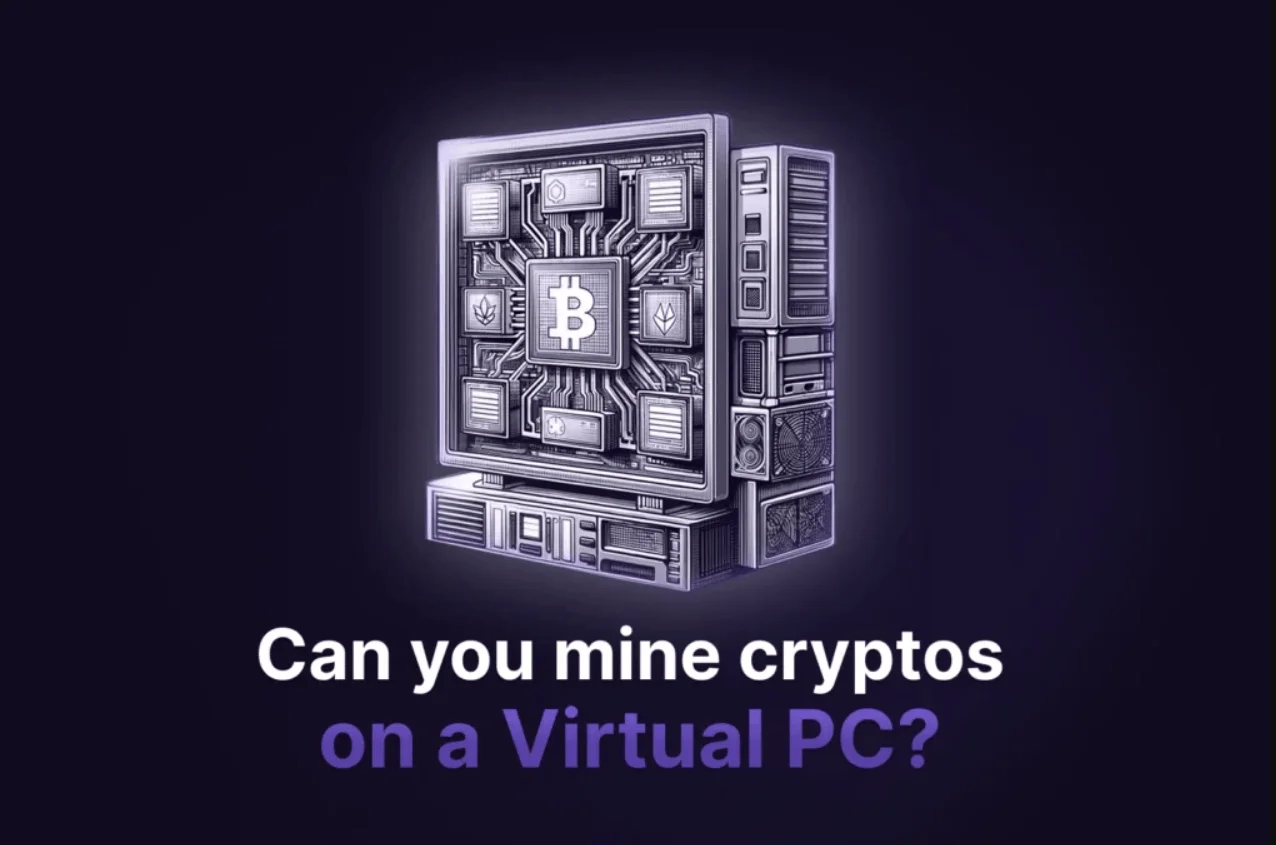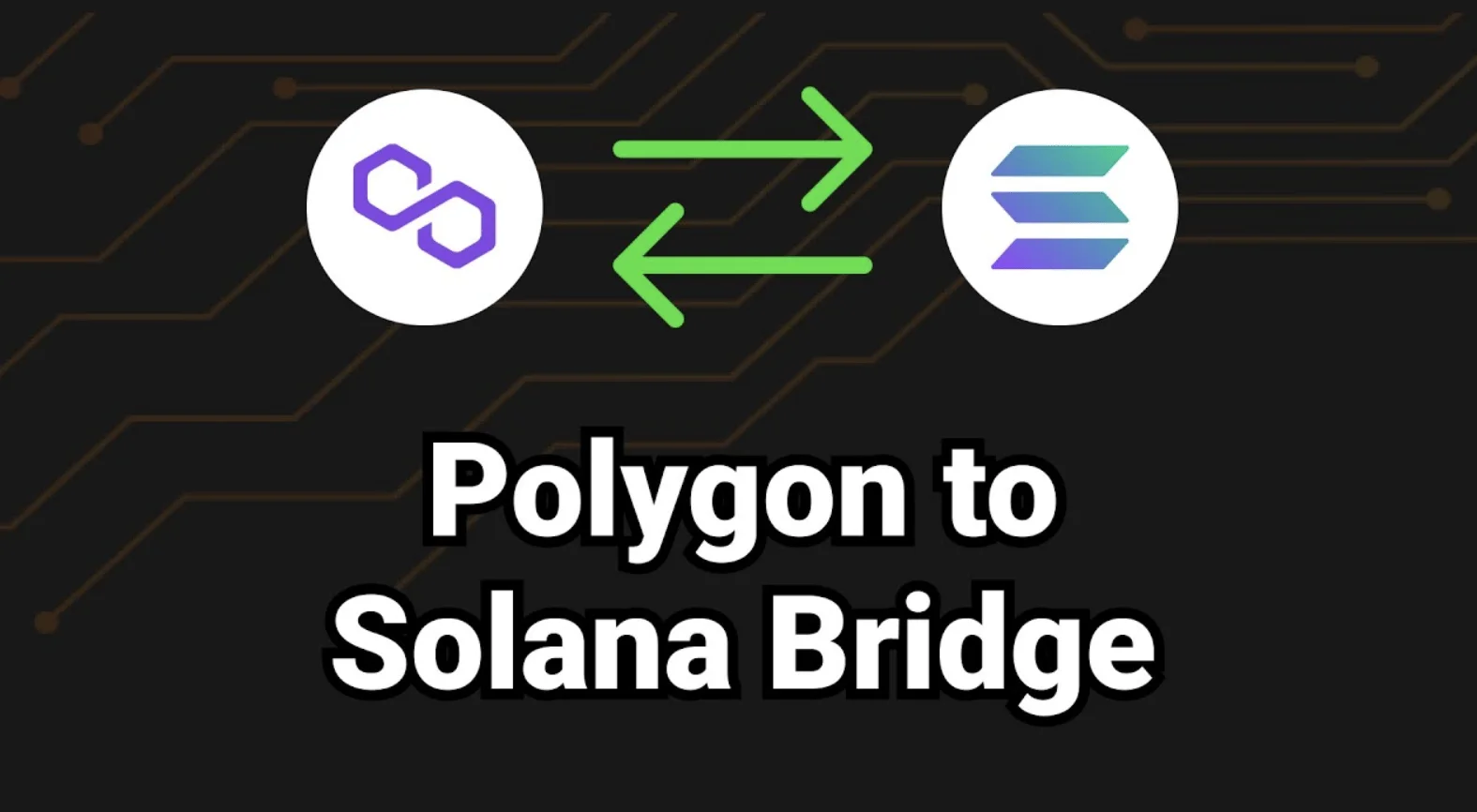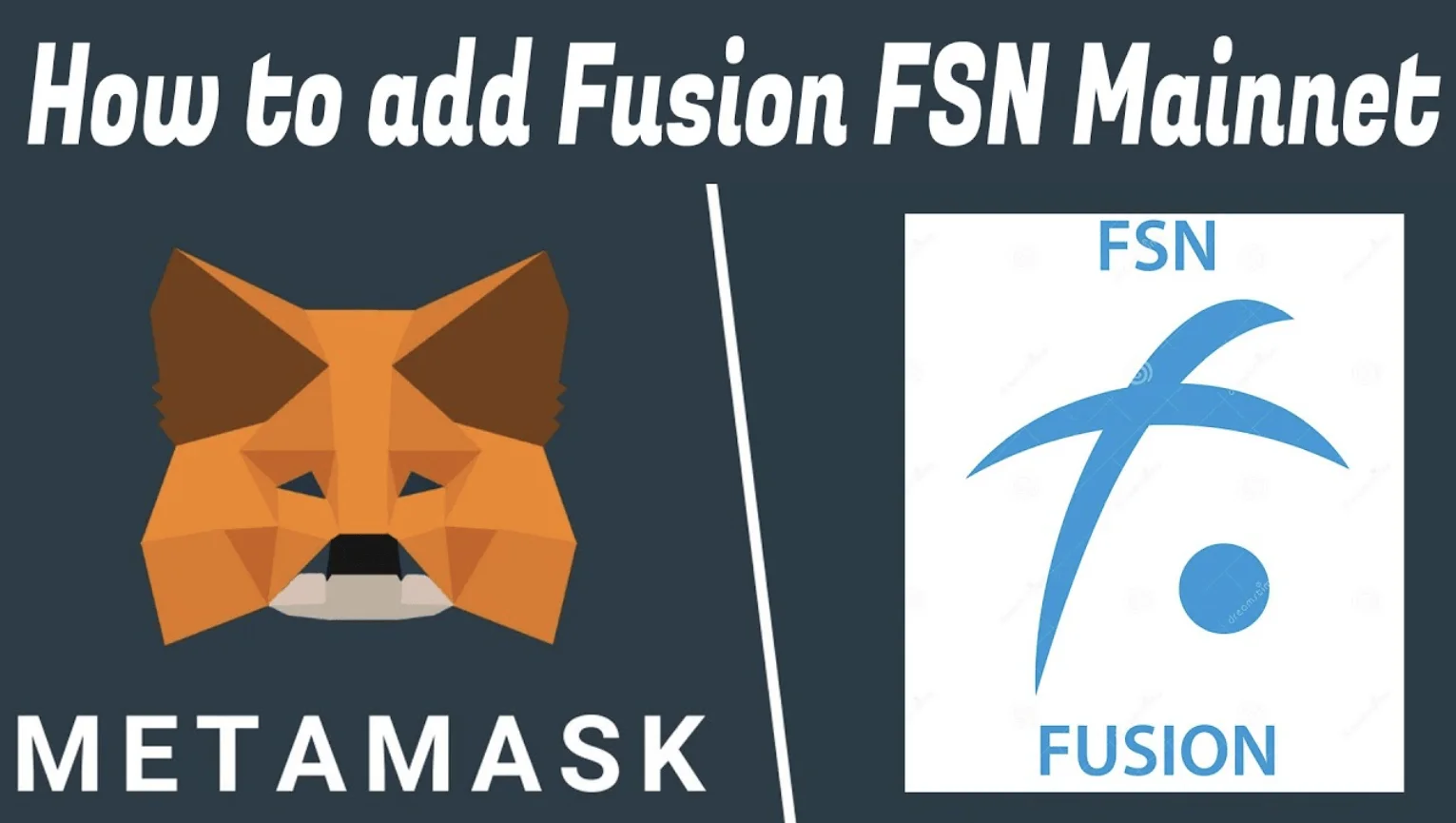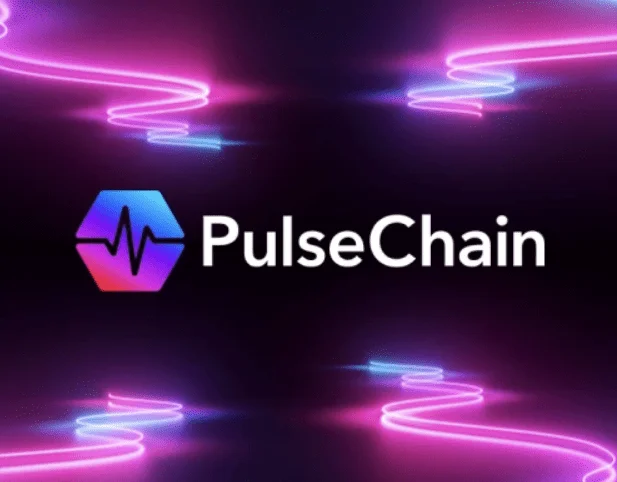Mining cryptocurrency on a virtual PC is a topic that sparks curiosity and debate. The answer to “Can you mine crypto on a virtual PC?” is Yes. It is possible to mine crypto on a virtual PC, the real question is about its efficiency and profitability.
This article delves into the complexities of virtual PC mining, exploring the technical feasibility, performance comparisons, and real-world case studies. It also addresses the advantages and limitations, providing a practical guide for setting up a virtual mining rig.
With the crypto mining landscape constantly evolving, understanding the future prospects of virtual PC mining is crucial. This article offers valuable insights for both beginners and seasoned miners, making it a must-read for anyone interested in the innovative yet challenging world of virtual PC mining.
Can you mine crypto on a Virtual PC: Is It Possible?
The Basics of Virtual PCs and Crypto Mining

Virtual PCs, created through software like VMware or VirtualBox, allow users to run multiple operating systems on a single physical system.
This technology offers a unique approach to crypto mining, where miners use these virtual environments to emulate mining operations.
However, the efficiency of mining virtual PCs is contingent on several factors, including the virtualization technology used, the power of the underlying hardware, and the specific cryptocurrency being mined.
Understanding the Crypto Mining Process
Cryptocurrency mining is a digital process that involves validating transactions and incorporating them into a blockchain. It requires substantial computing power, traditionally provided by specialized hardware like ASICs or GPUs. The mining process involves several steps:
- Transaction Pooling: Transactions are grouped into a pool, each containing information and a processing fee.
- Block Formation: Miners select transactions from the pool to create a block, prioritizing based on various factors.
- Math Puzzle Solving: Miners race to solve a complex mathematical puzzle associated with the block, finding a specific number (nonce) that produces a valid hash.
- Broadcasting the Solution: The successful miner broadcasts the correct nonce and hash to the blockchain network.
- Verification by Other Miners: Other miners verify the accuracy of the hash, reaching a consensus on its correctness.
- Adding a New Block: The miner adds the new block to the blockchain, processing the transactions within it.
- Reward Distribution: The miner receives rewards, typically consisting of transaction fees and newly minted tokens.
Mining on virtual PCs is technically possible but faces limitations such as limited hardware access, performance bottlenecks, and compatibility issues with mining software.
These factors make virtual PC mining less efficient and profitable compared to dedicated mining hardware.
The Technical Side: Can You Mine Crypto on a Virtual Machine?
CPU Mining in Virtual Worlds: How It Works
CPU mining in virtual machines (VMs) is a straightforward process. Miners configure and start their mining software within the VM, which then utilizes the resources allocated to it.
However, there’s a catch: the VM consumes some resources for its own operation, leading to a minor performance loss.
This means that while CPU mining on a VM is possible, it may not be as efficient as mining on a physical computer due to the overhead consumed by the hypervisor.
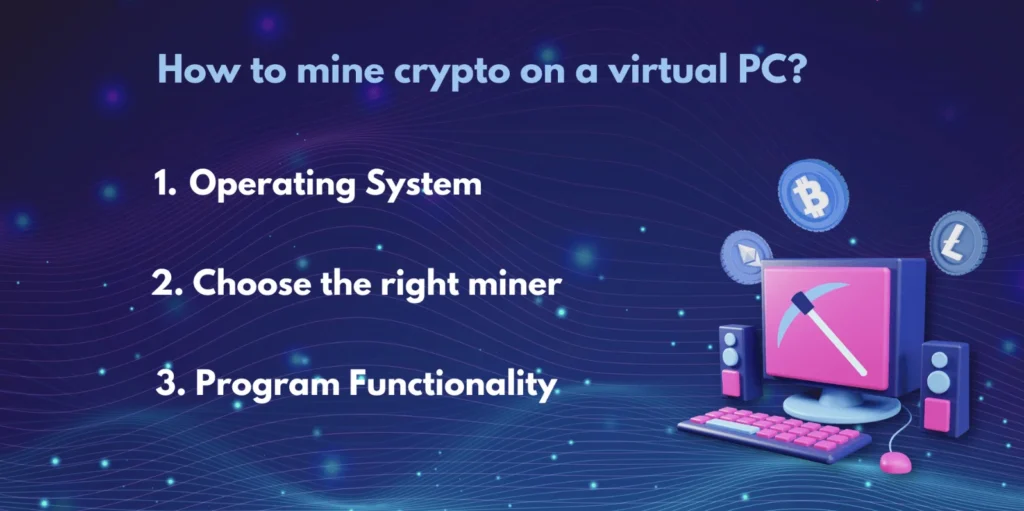
The Complexities of GPU Mining in Virtual Environments
GPU mining in virtual environments is more complex than CPU mining. The main challenge lies in how to expose or pass through the GPU hardware to the VM.
This process varies with each hypervisor (such as QEMU/KVM, VMware, VirtualBox, Xen, HyperV, etc.), and miners need to consult the specific documentation to configure it correctly.
The limited access to GPU resources in a virtual environment can significantly hamper mining performance, making it less efficient compared to using dedicated mining hardware.
Different Hypervisors and Their Impact on Mining
The choice of hypervisor can greatly affect the mining performance on a virtual machine. Each hypervisor has its method of handling hardware pass-through and resource allocation, which in turn impacts the efficiency of mining operations.
Some hypervisors may offer better performance or easier configuration for mining purposes, but generally, the additional layer of virtualization introduces performance constraints.
As a result, mining on virtual machines, regardless of the hypervisor used, tends to be less efficient and profitable compared to mining on dedicated hardware or physical computers.
Weighing the Pros and Cons: Is Virtual PC Mining Worth It?
Efficiency and Profitability: How Do They Stack Up?
When it comes to mining cryptocurrency on a virtual PC, efficiency and profitability are key concerns. While it is technically possible to mine on a virtual PC, the performance is often hindered by limited hardware access and the additional overhead of virtualization.
This results in lower mining efficiency compared to dedicated mining rigs. Virtual PCs may struggle to fully utilize GPU and CPU power, leading to reduced mining rewards.
For those aiming to mine at a larger scale or mine major cryptocurrencies like Bitcoin and Ethereum, virtual PC mining may not be the most efficient or profitable method.
Resource Management and Its Effect on Mining Performance
Effective resource management is crucial in virtual PC mining. The allocation of adequate resources to the virtual machine is essential for optimal mining performance.
However, virtual PCs often face challenges in leveraging the full power of their hardware components, which can lead to inefficient resource usage and lower mining rewards.
Continuous mining can also strain the host computer’s resources, potentially reducing the lifespan of its components.
The Real Cost of Mining on Virtual PCs
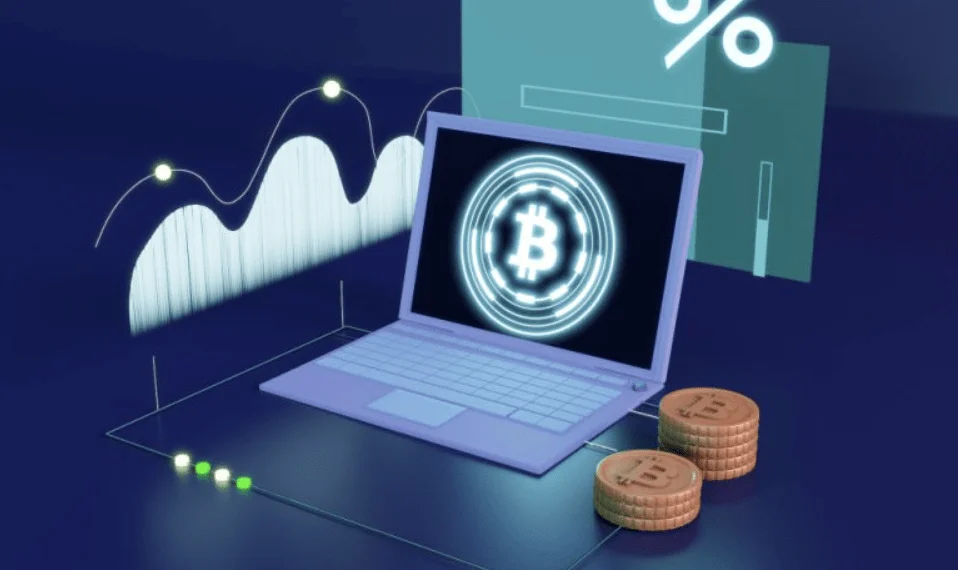
The real cost of mining on virtual PCs goes beyond just the efficiency of the mining process. It includes considerations such as electricity usage, which can be significant given the high energy demands of mining.
Additionally, the fluctuating nature of the cryptocurrency market makes mining a risky venture, with the potential for both significant gains and losses.
While virtual PCs offer flexibility and scalability, and a low-risk environment for beginners, the long-term viability and profitability of virtual PC mining remain uncertain due to evolving technology and increased mining difficulty.
In conclusion, while mining crypto on a virtual PC presents some advantages, such as reduced physical space requirements and scalability, it faces significant limitations in terms of efficiency, performance, and cost-effectiveness. Careful consideration of these factors is essential for anyone considering virtual PC mining.
Setting Up Your Virtual Mining Rig: A Step-by-Step Guide
Choosing the Right Virtualization Software for Mining
Selecting the appropriate virtualization software is the first step in setting up a virtual mining rig. Popular options include VMware, VirtualBox, and QEMU/KVM, each offering different features and levels of performance.
When choosing, consider the software’s compatibility with your hardware and its ability to efficiently handle the mining process.
Full virtualization technologies, which create a complete simulation of the underlying hardware, are generally preferred for their ability to run unmodified operating systems and provide better isolation and security.
How to Configure Your Virtual Machine for Optimal Mining
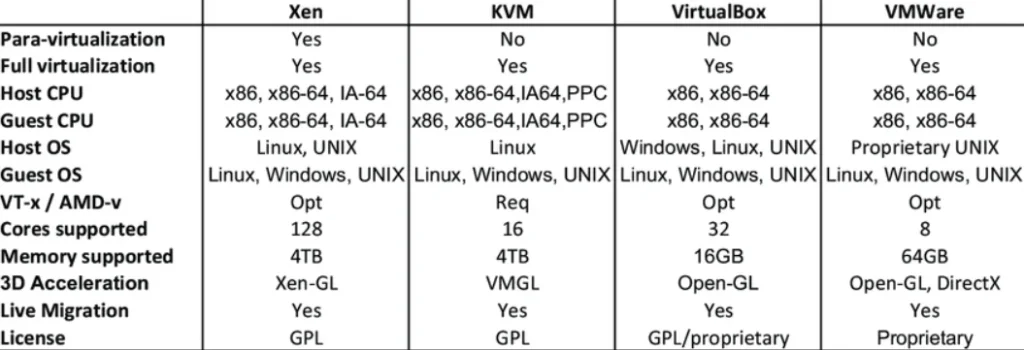
Once you’ve chosen your virtualization software, the next step is configuring the virtual machine (VM) for mining. Allocate sufficient resources to the VM, such as CPU power, RAM, and, if possible, GPU access.
The configuration should balance the VM’s mining capabilities with the host system’s overall performance. Keep in mind that the VM’s mining performance is directly tied to the physical hardware’s capabilities.
For enhanced efficiency, consider slight overclocking of your system using tools like MSI Afterburner, but be mindful of the potential strain on the cooling system.
Selecting the Best Mining Software for Virtual Setups
The final step is choosing the right mining software for your virtual setup. This software should be compatible with the virtual environment and the cryptocurrency you intend to mine.
Popular mining software options include XMRig for Monero and TeamRedMiner for Ergo. Ensure you download the software from official sources to avoid counterfeit versions.
Additionally, consider joining a mining pool like Cruxpool to increase your chances of earning mining rewards, as these pools aggregate the processing power of multiple miners.
Navigating Hardware Limitations in Virtual Mining
One of the primary challenges in virtual mining is the limited access to hardware resources, especially GPUs, which are crucial for efficient mining. To navigate these limitations, it’s important to optimize the allocation of resources within the virtual machine.
This includes ensuring that the virtual machine has access to sufficient CPU power and RAM. For GPU mining, explore hypervisors that support GPU pass-through and consult their documentation for proper configuration.
However, be aware that even with optimal settings, virtual mining may still offer lower performance compared to dedicated mining rigs.
Security Tips for Safe Virtual Mining
Security is a critical aspect of virtual mining, as virtual environments can be vulnerable to attacks. To ensure safe mining, keep your virtualization software and mining software up to date with the latest security patches.
Use strong, unique passwords for your virtual machines and mining accounts. Additionally, consider using a dedicated virtual machine for mining to isolate it from other activities and reduce the risk of compromising other systems.
Be cautious of downloading mining software from unverified sources, as they may contain malware.
Tackling Technical Issues in Virtual Crypto Mining
Technical issues such as compatibility problems with mining software and performance bottlenecks can arise in virtual mining. To tackle these issues, choose mining software that is known to be compatible with virtual environments.
Regularly monitor the performance of your virtual machine and adjust its resource allocation as needed. Join online communities like Reddit’s r/gpumining for support and advice from other virtual miners.
Be prepared to experiment with different configurations and software to find the most effective setup for your virtual mining rig.
The Future of Mining Cryptocurrency on Virtual PCs
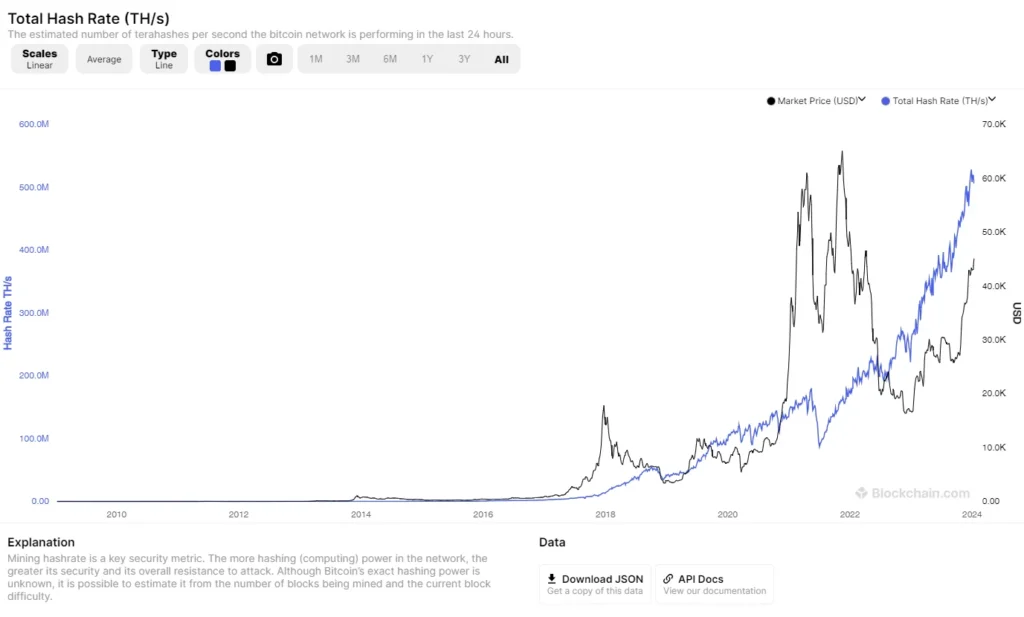
Emerging Trends and Technological Advances
The world of cryptocurrency mining is constantly evolving, with new trends and technological advances shaping its future. One significant trend is the increasing interest in virtual PC mining, driven by advancements in virtualization technologies and the growing accessibility of powerful hardware.
Innovations in cloud computing are also influencing the mining landscape, offering miners the ability to rent hash power and reduce the need for owning and maintaining expensive hardware.
These developments suggest a shift towards more accessible and flexible mining options, although the long-term profitability and efficiency of virtual PC mining remain questions for further exploration.
Assessing the Long-Term Viability of Virtual Mining
Assessing the long-term viability of virtual mining involves considering several factors, including the efficiency and profitability of mining on virtual PCs compared to traditional methods.
While virtual mining offers certain advantages, such as scalability and reduced physical space requirements, it faces challenges like limited hardware access and performance constraints.
The fast-evolving nature of crypto mining technology and the potential increase in mining difficulty and hash rates may impact the profitability of individual miners, leading to a greater reliance on mining pools and collaborative efforts.
Virtualization’s Role in the Evolving Crypto Mining Landscape
Virtualization is playing an increasingly important role in the crypto-mining landscape, offering miners new ways to approach the mining process. The flexibility and scalability provided by virtual PCs make them an attractive option for experimentation and learning, especially for beginners.
However, dedicated mining hardware and cloud mining services currently remain the preferred choices for serious miners due to their superior performance and mining capabilities.
The future of virtual PC mining will likely depend on further technological advancements and market dynamics, as well as the practicality and profitability of mining in virtual environments.
Key Takeaways: Navigating the World of Virtual Crypto Mining
- Virtual PC Mining is Technically Possible: It’s feasible to mine cryptocurrency on a virtual machine, but efficiency and profitability are often lower compared to traditional mining.
- Hardware Limitations: Virtual PCs have limited access to hardware resources, especially GPUs, which can lead to slower mining speeds.
- Security Considerations: Ensure the security of your virtual mining operations by keeping software updated and using strong passwords.
- Technical Challenges: Be prepared to tackle compatibility issues with mining software and performance bottlenecks in virtual environments.
- Emerging Trends: Stay informed about the latest trends and technological advances in virtual crypto mining.
- Long-Term Viability: Assess the long-term viability of virtual mining, considering factors like profitability, efficiency, and market dynamics.
- Legal Aspects: Mining on virtual PCs is generally legal, but it’s important to stay updated on regulations in your jurisdiction.
- Mining Options: Explore different mining options and algorithms suitable for virtual PC mining.
- Resource Management: Efficient resource management is crucial for optimizing mining performance on virtual machines.
- Community Support: Utilize online communities and forums for support and advice on virtual crypto mining.
Frequently Asked Questions:
- Can I use a VM to mine crypto? Yes, it is technically possible to mine cryptocurrency on a virtual machine (VM). However, mining efficiency and profitability may be lower compared to traditional mining due to limited hardware access and performance constraints.
- Can you mine crypto remotely? Mining crypto remotely is feasible. You can set up and manage mining operations via cloud mining services or remotely control a mining rig at a different location. This approach allows for flexibility and convenience in managing mining activities.
- What is virtual crypto mining? Virtual crypto mining involves using virtual machines to mine cryptocurrencies. This method utilizes software-based emulation of physical computers, allowing miners to run multiple operating systems and mining software within a single physical system.
Article Sources
At UncryptoNote, we prioritize accuracy and integrity in our content. Our writers are required to utilize primary sources to substantiate their work. This includes white papers, government data, firsthand reporting, and interviews with experts in the industry. We also incorporate original research from other credible publishers when relevant. This rigorous approach ensures that we deliver content that is both precise and impartial.
- CruxPool: Can you mine crypto on a virtual PC in 2024?
- BitcoinTalk: CPU mining on virtual machine
- MakeUseOf: 8 Cryptos You Can Mine at Home in 2023
